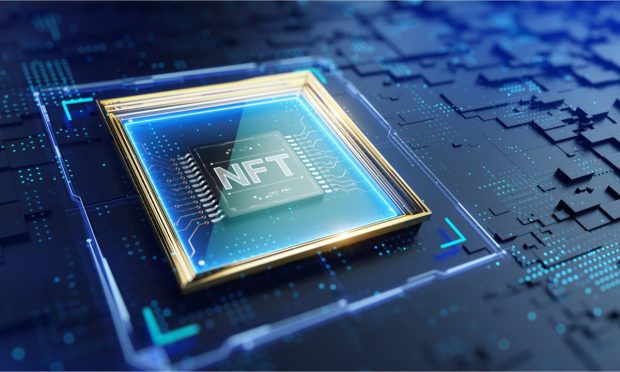NFTs And The ‘Fad Vs Trend’ Debate

As with any new method of payment, of commerce in general, of exchanging value and data, the existential questions emerge: Trend or fad?
If the former, then the new ways take root, and transform how we get what we need from one another and our interactions.
If the latter, then the “gee whiz” novelty — of technology, of being in with a “new crowd” that is embracing that technology — fades.
Those questions may loom for non-fungible tokens (NFTs), the units of information — that make up videos, audios, all types of digital offerings — that are tied to blockchains, and which give holders singular ownership over singular properties. In other words, if you own an NFT you own the only one in existence. Scarcity value is real, whether you are talking about the digital economy or the tangible one.
The only answer as to whether NFTs are trend or fad may be … time will tell.
Not all that long ago, initial coin offerings were all the rage. You remember them, of course — or maybe you don’t. That’s the point. In 2017, these digital public offerings and fundraising brought in millions of dollars, the subsequent year, ICOs raked in billions. And now they are but a memory, largely.
The rapid rise of NFTs in a short span of time brings that trajectory to mind. To get a sense of the “upward and to the right” trajectory …
As reported in this space, OpenSea, a nonfungible token (NFT) marketplace, has logged more than $1 billion in monthly transactions, up 286 percent in a single month, as measured from July to August.
We’re still in a world where the novelty of NFTs stands firmly in place, as artworks done digitally and tokenized can fetch tens of millions of dollars.
But certain names — marquee names within the commerce ecosystem, that is — can foster an air of legitimacy that can bring NFTs beyond the realm of mere novelty.
Visa’s Entry
Visa, for example, has bought an NFT, a “CryptoPunk,” and has signaled its intent to add to its digital collection.
Read here: Visa Jumps From Payment Rails To A Ride On The Red Hot NFT Train
As Visa Vice President and Head of Crypto Cuy Sheffield told Karen Webster, the payments network giant will use this initial, and subsequent NFT transactions, to gain insight into the NFT space and help partner firms chart their own paths in creating and using NFTs. Visa, in effect, is learning by doing.
As the Visa executive noted in the interview, the mechanics and the technologies — with smart contracts guaranteeing authenticity — will allow developers to come in and build products and experiences tied to NFTs.
“NFTs can give individual creators or small businesses the opportunity to harness a blockchain and produce digital goods, which can then be delivered instantly to a crypto wallet,” he said.
And in the meantime, as we’d posit, building property rights — which is part of the singular-ownership-effect — can provide value across a variety of use cases. Here, then looking past the actual trading volumes and the experiments to see just how exciting it may be to turn “anything” into a token — pretty much anything in a multimedia format — lies the answer as to whether they are game changers or just games.
The combination of the blockchain (and the security protocols tied to it) and the scarcity value of the NFTs themselves mean that creators and buyers can, effectively deal with each other without intermediaries such as banks. This has far-reaching implications for financial markets, in issuing securities or other offerings, and in making sure that title ownership (and transfers of holdings) are done directly and securely.
Right now, the flurry of NFT activity has been focused on the “what will they digitize next?” stage of evolution — and only time will tell when, or if, we’ll get to a phase where they truly disrupt large swaths of various (online) economies.
